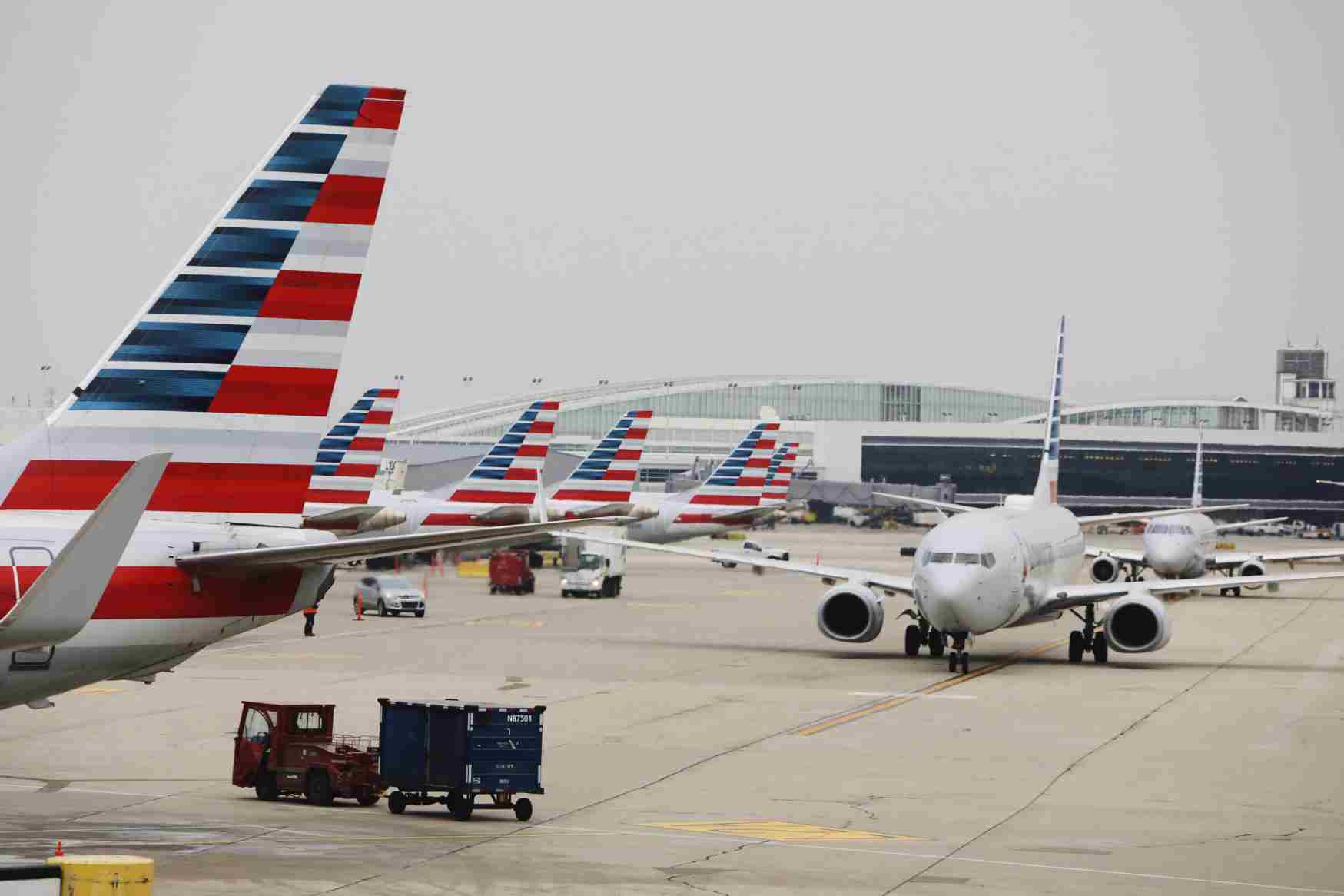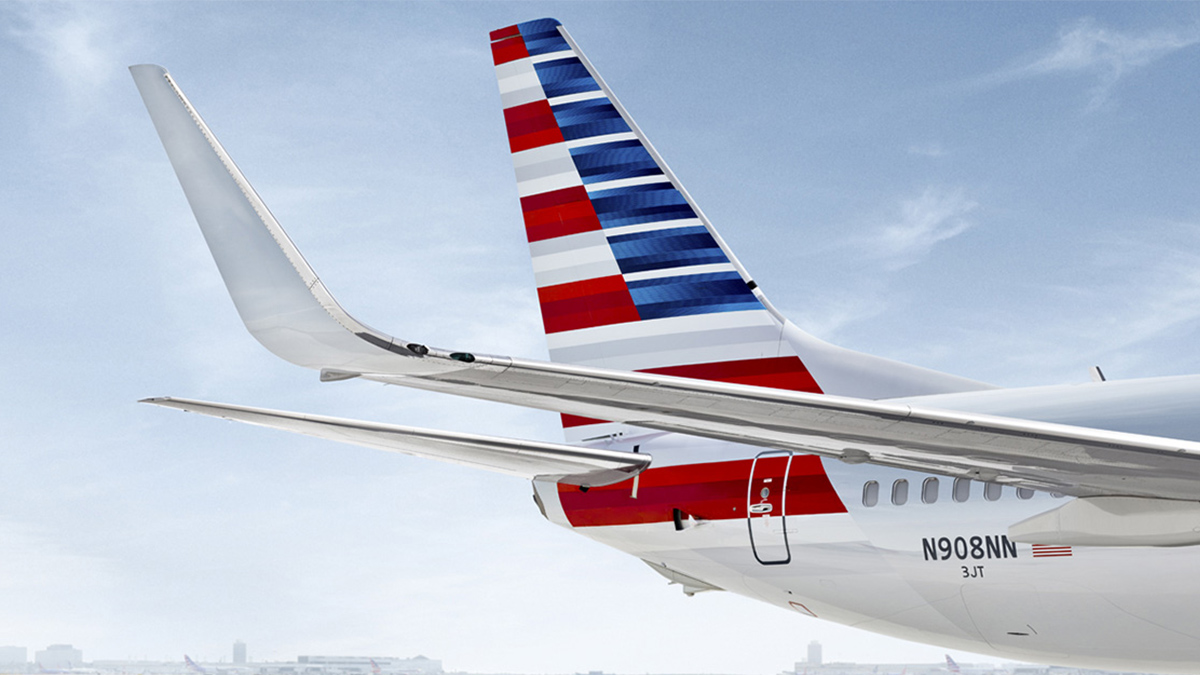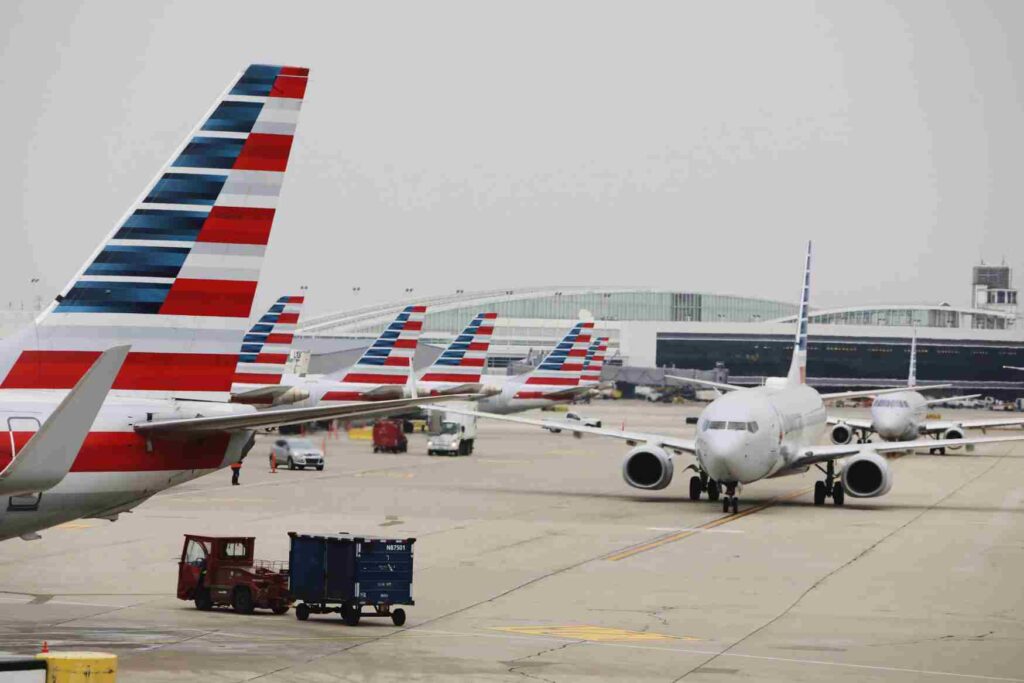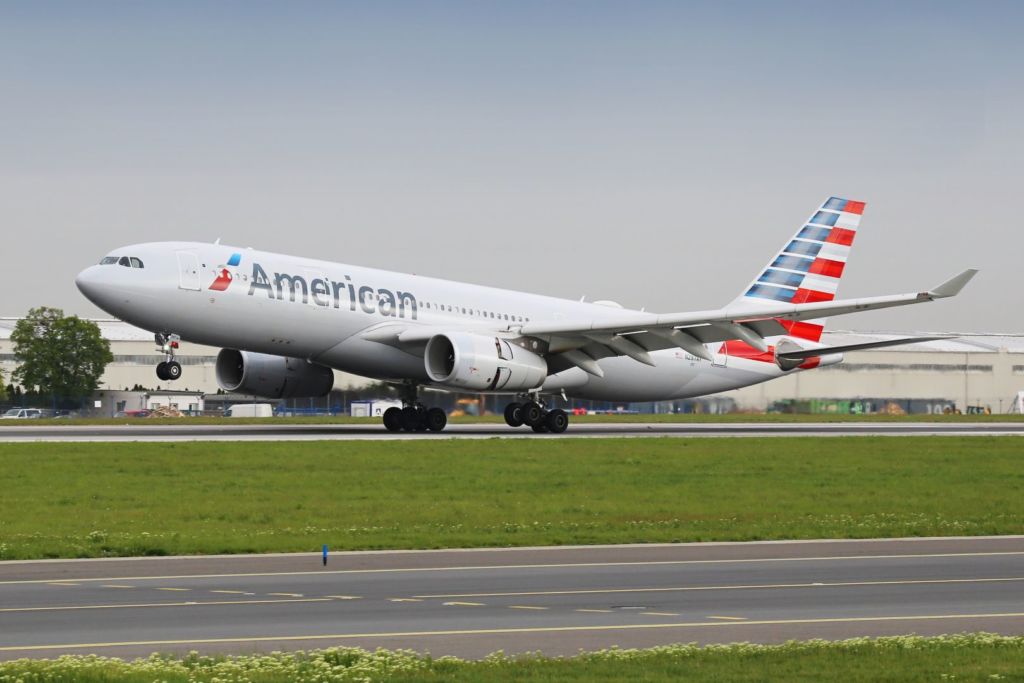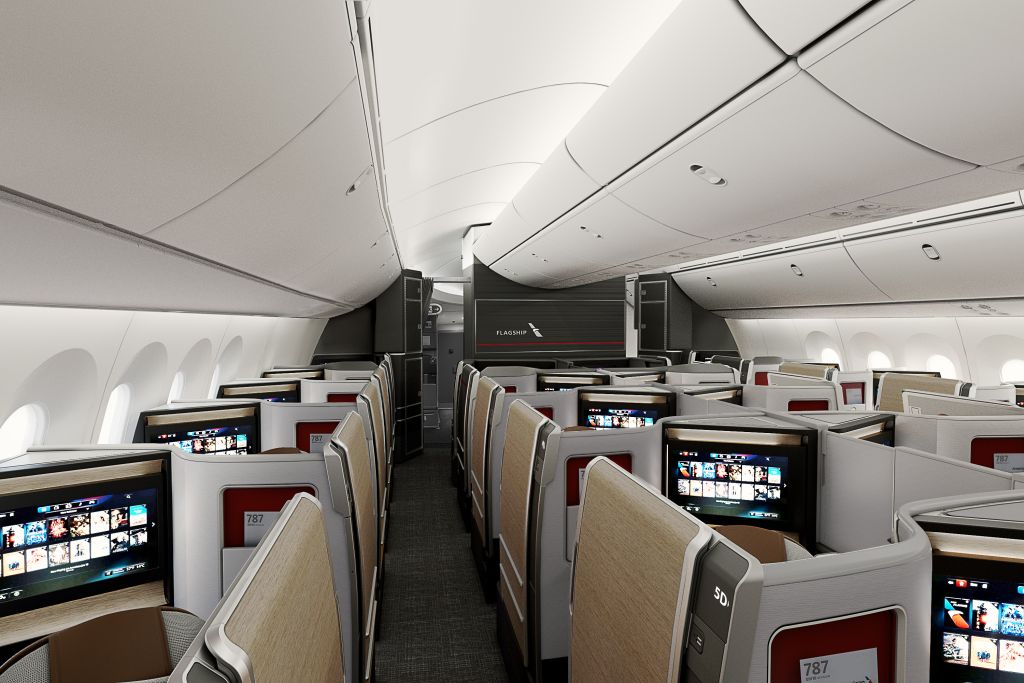Within the past 24 hours, four U.S. airlines—Delta Air Lines, American Airlines, Southwest Airlines, and JetBlue Airways—have issued sharp downward revisions to their early 2025 forecasts, citing a sudden drop in domestic travel demand and mounting concerns over the broader economy.
The flurry of filings and investor updates paints a troubling picture of a softening air travel market as consumer and corporate confidence wavers.
Delta Lowers Expectations by Up to 50 Cents Per Share
Delta Air Lines was the first to announce its revised outlook, lowering its first-quarter earnings guidance by 40 to 50 cents per share. The carrier cited “a recent reduction in consumer and corporate confidence caused by increased macro uncertainty,” which it said is driving noticeable softness in domestic bookings.
American Airlines Projects Larger Loss After D.C. Incident
American Airlines followed with a more dramatic revision. In a Tuesday SEC filing, the airline projected a Q1 2025 loss between 60 and 80 cents per share—more than double its previous estimate of 20 to 40 cents. The company pointed to “the impact of Flight 5342 and softness in the domestic leisure segment, primarily in March,” referencing the January 29 midair collision involving a regional jet and a U.S. Army helicopter at Reagan National Airport in Washington, D.C. The incident, which resulted in several injuries and disrupted regional operations, has drawn significant media and regulatory attention.
Southwest Slashes RASM Forecast
Southwest Airlines also adjusted expectations, cutting its Revenue Per Available Seat Mile (RASM) guidance by 3% in a Tuesday filing. The RASM metric, a key industry benchmark of profitability, suggests the carrier is experiencing deeper-than-expected revenue shortfalls from its domestic routes.
JetBlue Doubles Projected Loss for the Quarter
JetBlue Airways rounded out the list, warning of a steeper loss than previously anticipated. The carrier now expects a minimum quarterly loss of 4%, up from its earlier estimate of 2%. Like its peers, JetBlue cited deteriorating demand in its domestic network and greater economic headwinds.
Industry-Wide Concerns
The synchronized downward revisions come at a time when inflationary pressures, interest rate uncertainty, and uneven job growth have begun to erode consumer spending across several sectors, with travel among the first to feel the pinch.
Analysts suggest that unless macroeconomic conditions stabilize quickly, more airlines may follow suit with reduced schedules, fare discounts, or further guidance revisions in the coming weeks.
“Airlines are typically bellwethers of consumer sentiment,” said Caroline Hunter, an aviation analyst at Crossline Capital. “When people pull back on travel, especially discretionary leisure trips, it’s often a sign that broader economic concerns are hitting home.”
The first quarter results for all four airlines are expected later this month, with investor attention now focused on whether these carriers can pivot strategies quickly enough to weather the shifting landscape.


